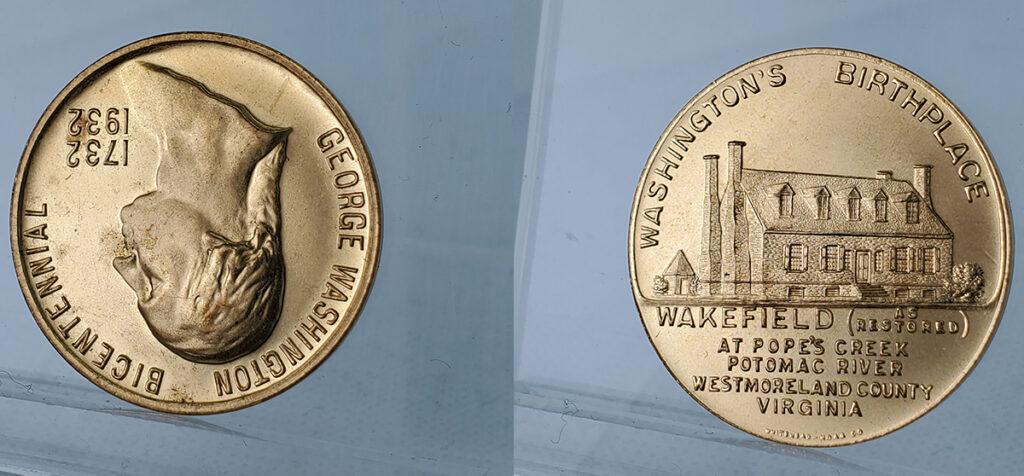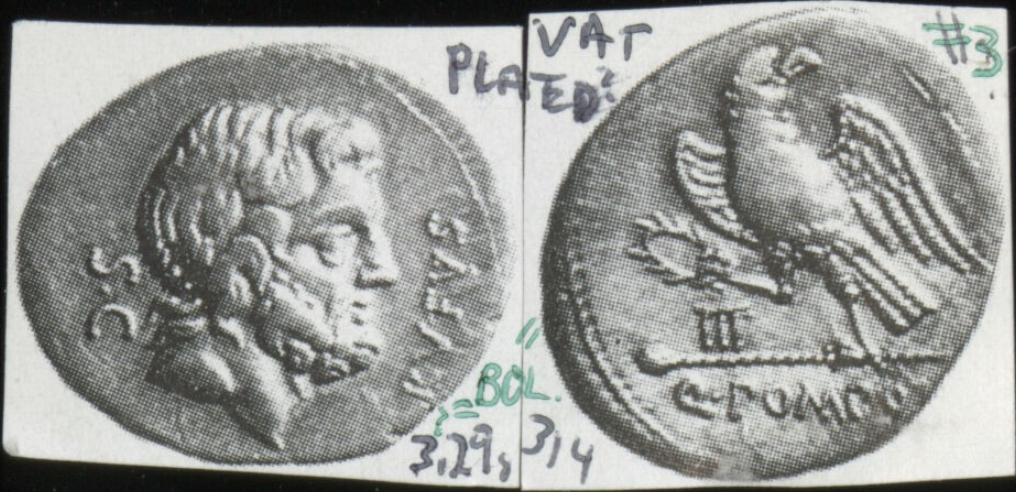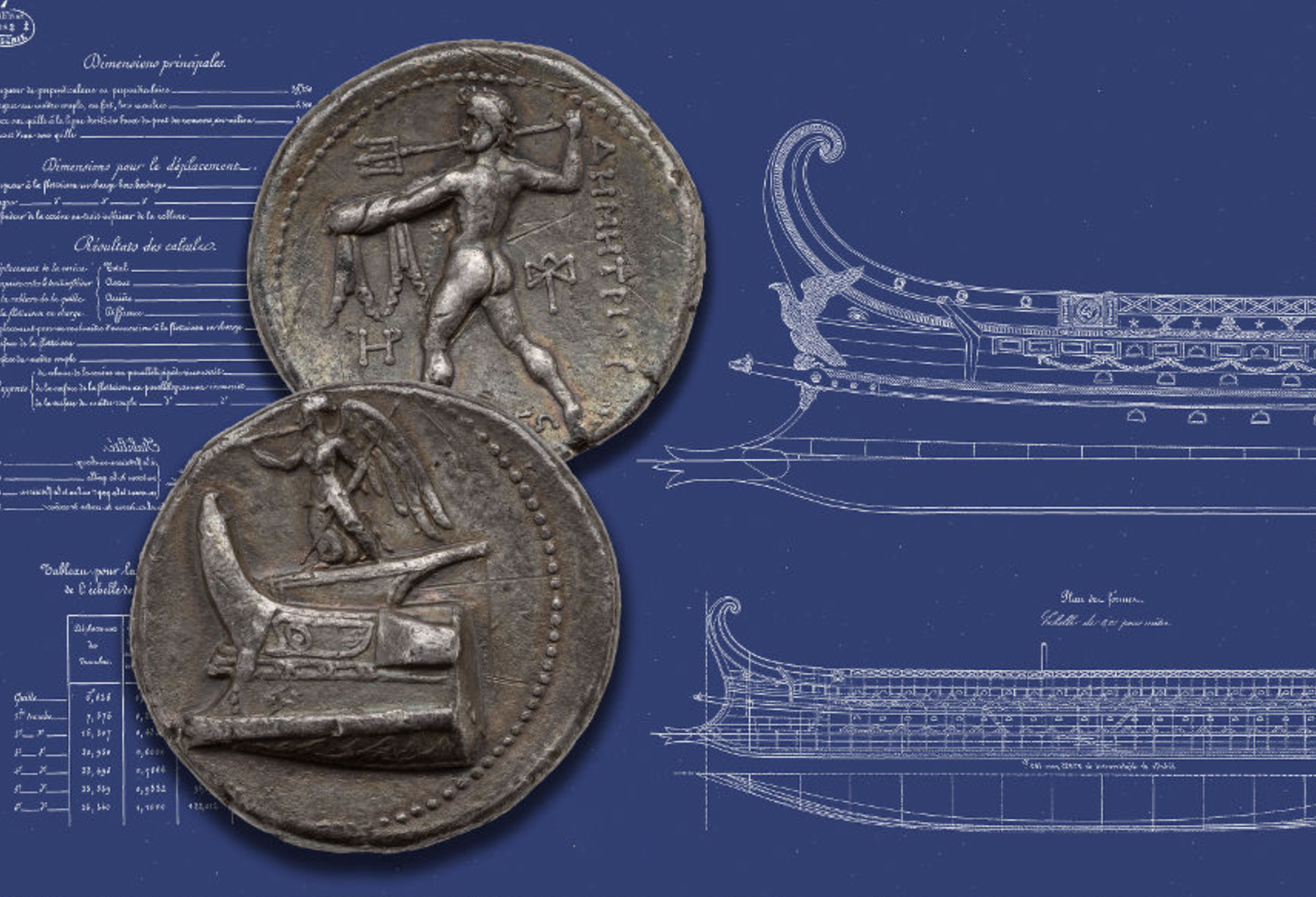ANS eBay Store Behind-the-Scenes: Coin Photography
As the ANS continues to make duplicates from its collection available on eBay, it may be of interest to Society members and eBay browsers alike to learn how our listings are photographed, as this is one of several important steps in ensuring that objects offered on eBay are described accurately. Detailed text descriptions are of course important, but in our current digital age, many buyers immediately gravitate towards listings with consistent, high-quality photos. This is true for both eBay and almost any other online auction platform.
While the photographic process associated with cataloging the American Numismatic Society’s various holdings is more rigorous and precise than what is required for eBay, the steps for both are generally similar. Once the individual objects and lots have been selected, they are taken to an area separate from the equipment used to photograph collection objects. This photography setup is comparatively low-tech, and relies on an LED light box, a larger professional studio light, a tripod, and staging platforms and props where individual objects and lots can be quickly arranged, photographed, and placed back into protective flips, archival bags, and tubes. The setup is a balance between speed and efficiency coupled with taking sharp, clear, and well-lit photos that require minimal editing.


Because speed and efficiency are critical, photos are taken on an ordinary smartphone so that images can be wirelessly transferred to a computer workstation for editing immediately after photos are taken. Likewise, care is taken to ensure that each shot has the proper lighting (both intensity and color) best suited to the objects being photographed, are angled correctly to catch the light and accurately highlight the objects’ surfaces, are clear and sharp by way of a steady tripod adapted to hold a smartphone, and are photographed at a distance proportional to the size of the object. A 3-inch medal, for example, is photographed so that it takes up the majority of the real-estate of the shot, whereas a U.S. silver three-cent “trime” will be photographed close enough to capture its details, while taking up much less space in the shot, so that when the two photos are viewed together, the relative size of each object is clear.
To illustrate the above as well as subsequent steps, we will use two objects as our example pieces: a 32 mm gilt bronze George Washington bicentennial medal, and a 19 mm copper Civil War store card token. In the below photos, we see the obverse and reverse of each object side-by-side, both propped on a clear acrylic stand and angled to capture the light based on the reflectiveness of each object, and taken at a distance relative to their size.


Once photos have been taken and all objects are safely stored away, the files can be wirelessly transferred to a computer workstation, where they are edited in a computer program to be more presentable on eBay. Editing is a crucial step, but also one where overzealous editing is discouraged. Photos destined for eBay undergo two steps: rotating the object to ensure correct orientation, and replacing the background with a neutral gradient. You may have noticed that in the above photos, the obverse of the George Washington medal was completely upside down; this was not a mistake, but rather a move to ensure that any shadows appeared at the rear of Washington’s head, and not along his face. After the objects have been rotated, the background is removed, and a neutral gradient is added to avoid the stark contrast of a pure white background.


The coins are now ready to be uploaded to eBay. The process is designed so that if only a single object needed to be photographed, the total time required to take and edit the photo should be less than 5 minutes. Regarding the angle of the object, it should be impressed upon the budding photographer that it truly is important to experiment and adjust as necessary to ensure that the object’s surfaces and luster (if present) are accurately captured, providing that the degree of the angle is not so extreme that the object appears stretched or distorted. As an example, the below image highlights how the same George Washington medal appears when photographed head-on versus the soft angle that reveals the true beauty of this medal as if viewed in-hand and rotated around in the light. The light source itself can be adjusted, but generally it is easier to move the object relative to the light source and not the other way around.

We hope this behind-the-scenes blog post sheds some light on one facet of listing ANS objects on eBay. Perhaps it will inspire others to try their hand at photographing numismatic objects; all it takes is a few pieces of equipment, some basic knowledge, and a willingness to experiment and learn.




